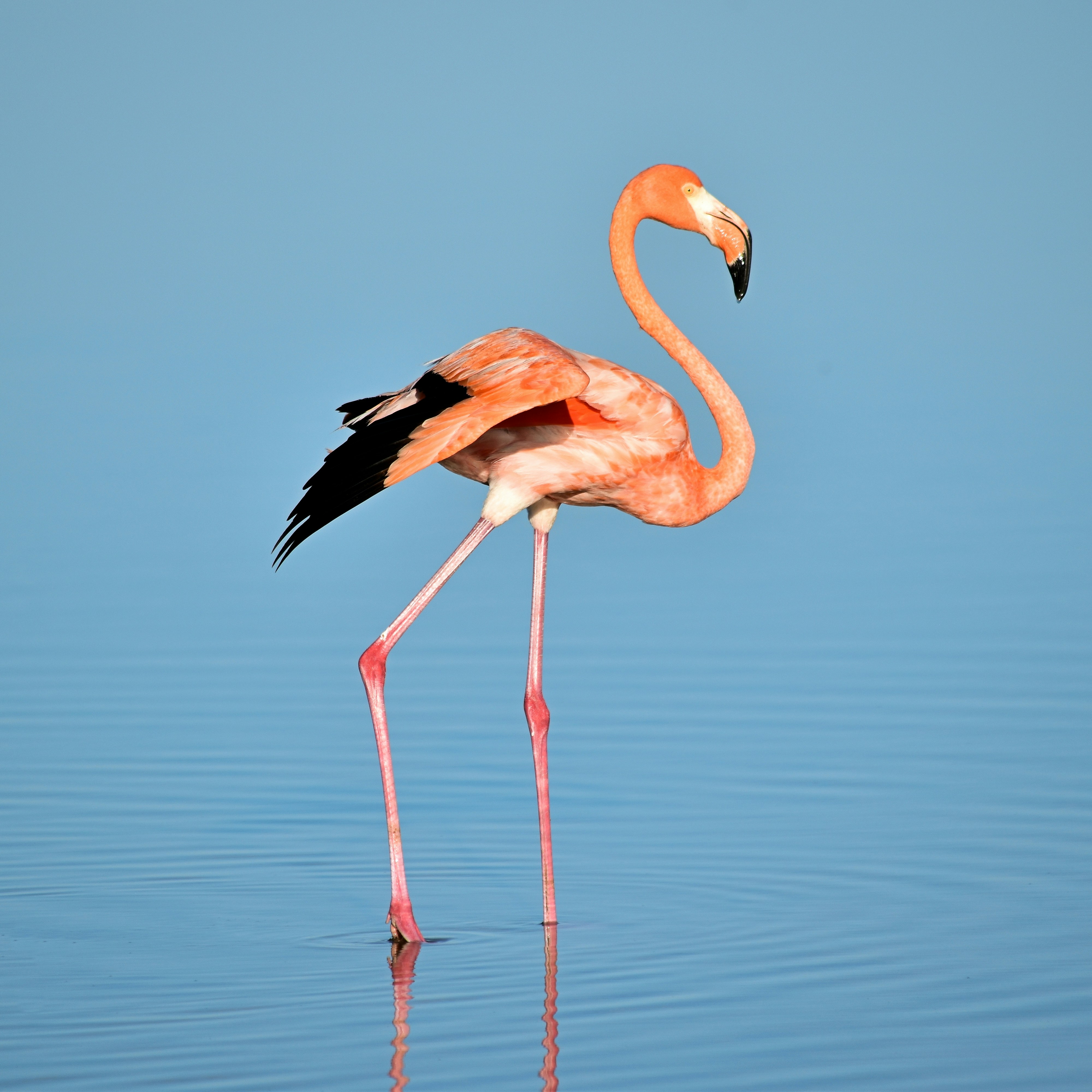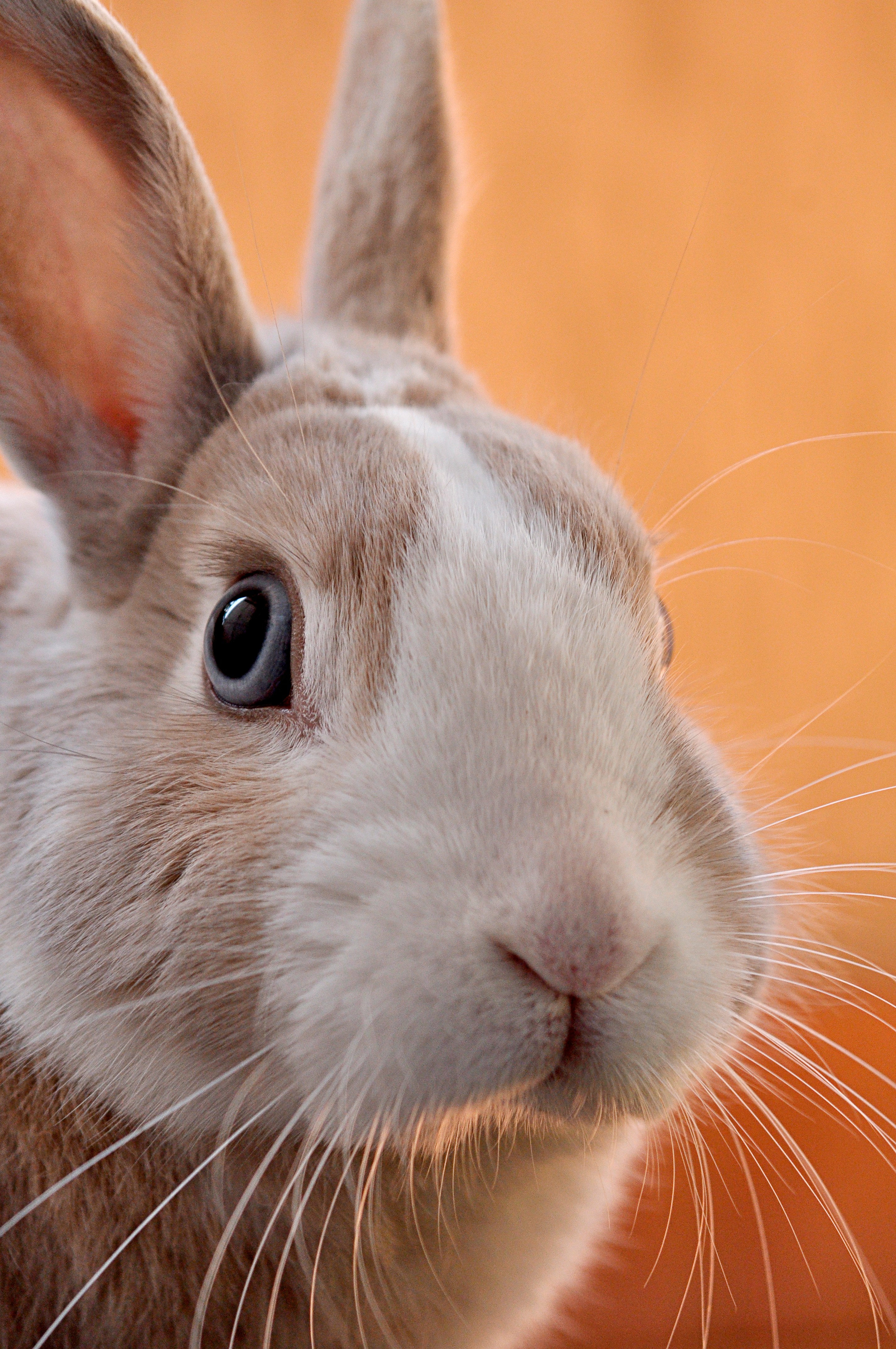
Animal photography practice at the zoo
2025-04-11



Animal Photography Practice at the Zoo
Animal photography is a popular and rewarding genre for photographers of all levels. Whether you're a beginner looking to improve your skills or a seasoned pro wanting to capture some unique shots, practicing your craft at the zoo can be a great way to hone your skills and get some amazing shots. In this blog post, we'll explore some practical tips for animal photography practice at the zoo.
Introduction
Zoos are fantastic places to practice animal photography because they provide a controlled environment where you can observe and photograph a wide variety of animals up close. From majestic lions to playful monkeys, zoos offer a wealth of photographic opportunities. By following some simple tips and techniques, you can elevate your animal photography skills and capture stunning images that showcase the beauty and diversity of the animal kingdom.
Practical Tips
1. Plan Ahead
Before heading to the zoo, do some research on the animals you want to photograph. Find out their feeding times, behavior patterns, and habitats to increase your chances of capturing them in action. Planning ahead will also help you pack the right gear, such as a telephoto lens for close-up shots and a tripod for stability.
2. Use Natural Light
When photographing animals at the zoo, try to shoot during the golden hours of sunrise and sunset for the best lighting conditions. Natural light can enhance the colors and textures of the animals, creating more dynamic and visually appealing images. Avoid using flash as it can startle or disturb the animals.
3. Get Creative with Composition
Experiment with different angles and perspectives to add interest to your photos. Instead of always shooting animals head-on, try capturing them from above, below, or from the side. Use leading lines, framing, and the rule of thirds to create visually compelling compositions that draw the viewer's eye to the subject.
4. Be Patient and Observant
Animals can be unpredictable, so be patient and observant when photographing them. Take the time to study their behavior and movements to anticipate the best moments to press the shutter. Don't be afraid to wait for the perfect shot, as it can make all the difference in capturing a memorable image.
5. Focus on the Eyes
The eyes are often the most expressive part of an animal's face, so make sure they are sharp and in focus in your photos. Use a wide aperture to create a shallow depth of field and blur the background, drawing attention to the animal's eyes. Focus on capturing emotions and expressions to convey the animal's personality and story.
6. Respect the Animals
Remember that you are a guest in the animals' habitat, so always respect their space and boundaries. Avoid making loud noises, sudden movements, or getting too close to the animals to prevent stress or aggression. Be mindful of their well-being and welfare, and always follow the zoo's rules and guidelines for photographing animals.
Conclusion
Practicing animal photography at the zoo can be a fun and rewarding experience for photographers of all levels. By following these practical tips and techniques, you can improve your skills, capture unique shots, and create stunning images that showcase the beauty and diversity of the animal kingdom. So grab your camera, head to the zoo, and start practicing your animal photography skills today!